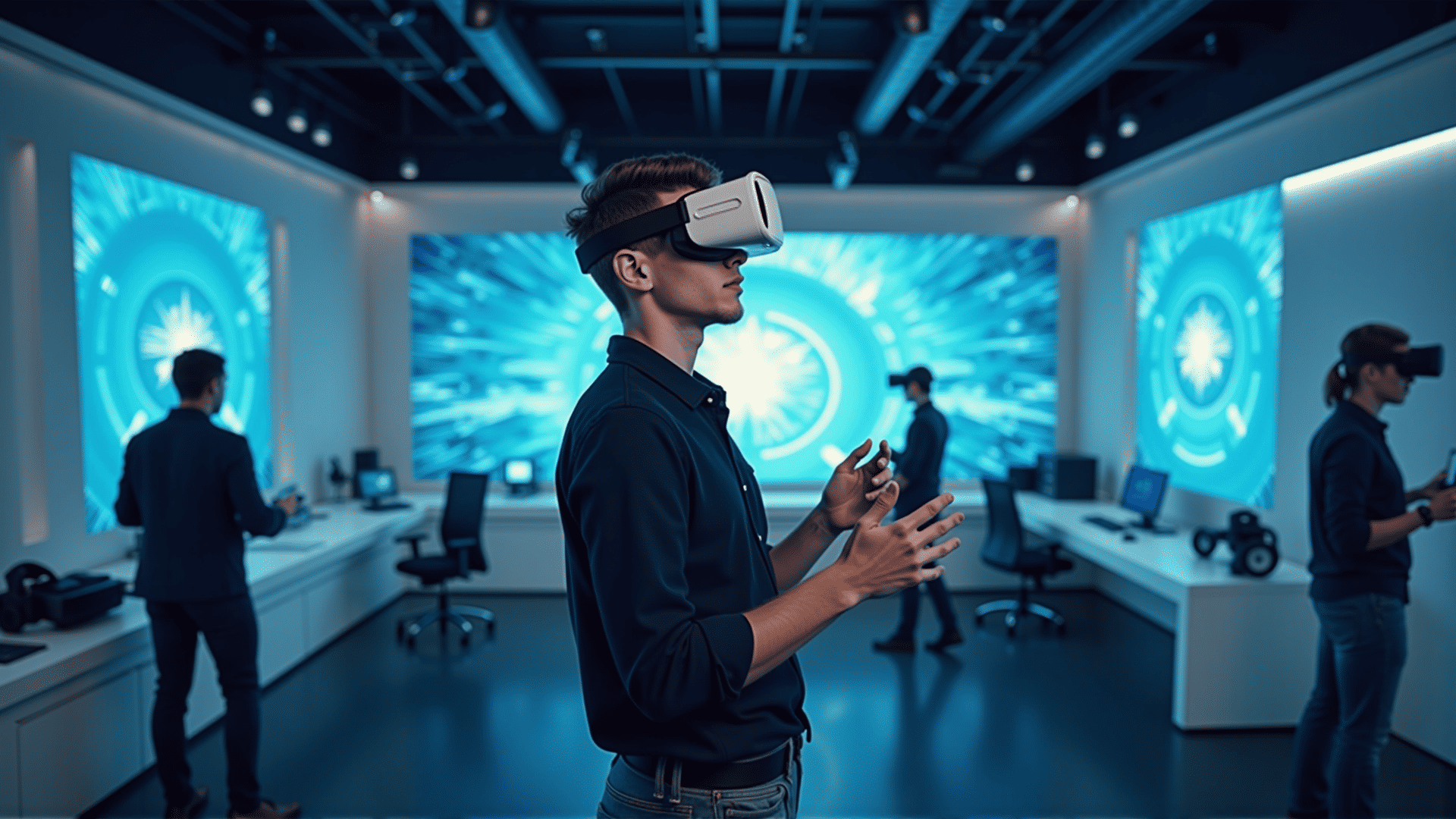In the rapidly evolving digital landscape, businesses continually seek innovative ways to captivate customers and enhance their experiences. Virtual Reality (VR) and Augmented Reality (AR) have emerged as transformative technologies, reshaping how companies engage with their audiences. By integrating these tools, businesses can offer immersive experiences that not only captivate but also differentiate them from the competition.
VR and AR technologies have matured significantly over the past decade. Originally seen as tools primarily for gaming and entertainment, they have transcended their initial use cases to become powerful tools for various industries. From real estate to healthcare, education to tourism, businesses across sectors are adopting VR and AR to create unparalleled experiences.
Virtual Reality involves creating a fully immersive digital environment. Users don a VR headset and are transported into a three-dimensional, computer-generated world that can simulate the real world or imagine entirely new ones. This creates opportunities for businesses to engage customers in novel ways. Consider real estate companies offering virtual property tours, allowing potential buyers to walk through homes without the need for a physical visit. Or travel agencies offering virtual vacations, letting customers experience far-flung destinations from the comfort of their living rooms.
Augmented Reality, on the other hand, overlays digital elements onto the real world. This technology enhances what we see, hear, and feel. For businesses, this means creating interactive experiences that blend digital information with the physical world. Retailers, for instance, are utilizing AR to let customers try products before making a purchase. An app that allows you to see how furniture looks in your home, or an application that shows how a piece of clothing fits, are perfect examples. Such experiences not only enhance customer satisfaction but also significantly reduce the number of product returns.
While each technology has its merits on its own, the integration of VR and AR can result in even more compelling experiences. Imagine an automotive company allowing potential buyers to sit in a physical car model while donning a VR headset to visualize different car configurations and colors, right on the showroom floor. Or an educational institution using AR to superimpose historical events over their actual locations, combined with VR segments providing immersive narratives of those events.
The adoption of VR and AR also opens new avenues for data collection and analysis. Businesses can gain insights into customer behaviors and preferences by tracking interactions within virtual environments. This valuable data can inform everything from product design to targeted marketing strategies, helping businesses refine their offerings and improve customer engagement.
However, the successful integration of VR and AR requires careful planning and execution. It is vital for businesses to clearly define their goals and understand their audience's needs. Additionally, the technology must be seamlessly integrated into the overall customer journey, ensuring that it enhances rather than detracts from the user experience. Furthermore, as with any digital initiative, security and privacy concerns must be addressed to build and maintain customer trust.
In conclusion, VR and AR are no longer futuristic concepts, but essential tools for businesses aiming to deliver innovative and unforgettable experiences. By stepping into the future with these technologies, companies not only set themselves apart from the competition but also connect with customers in ways that were once thought impossible. The journey into virtual and augmented realities promises to redefine industries and transform how we perceive and interact with the world around us.
